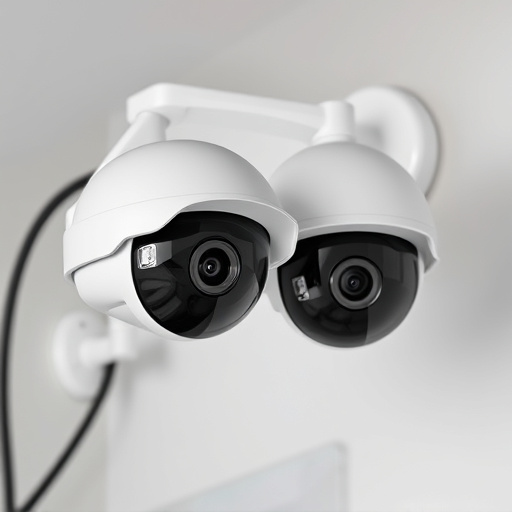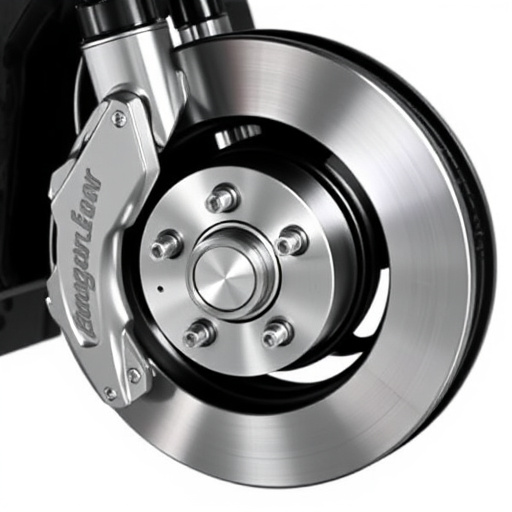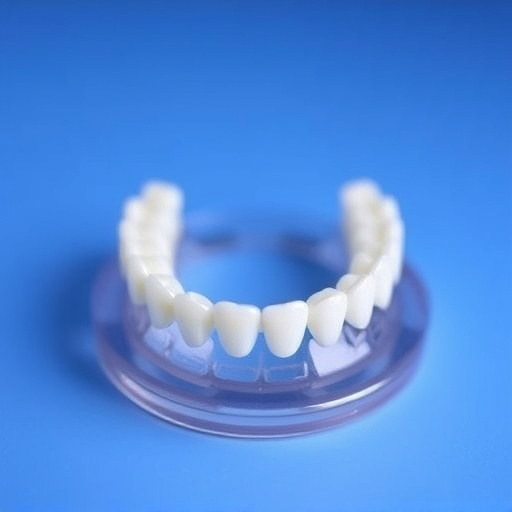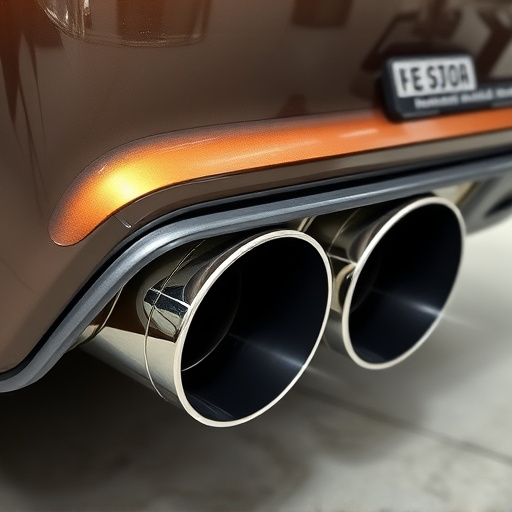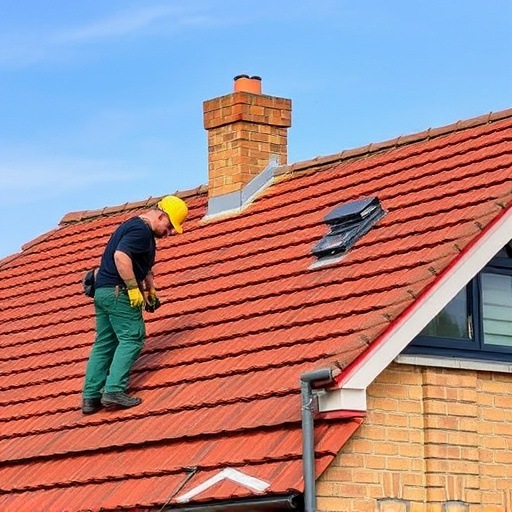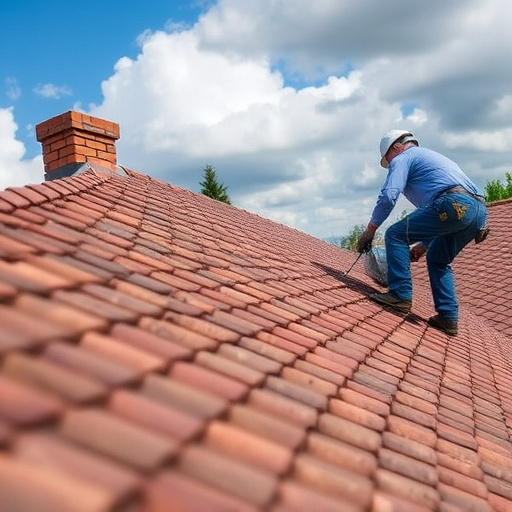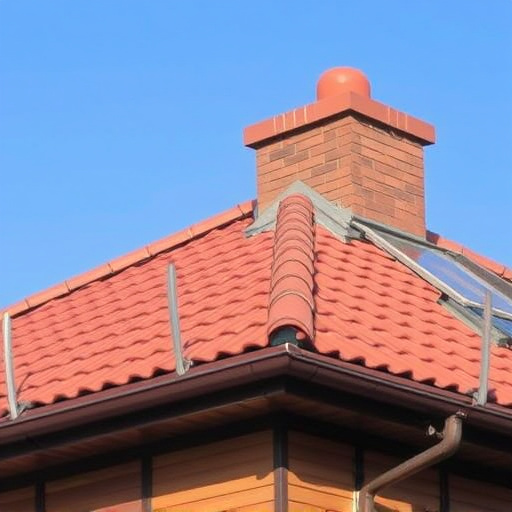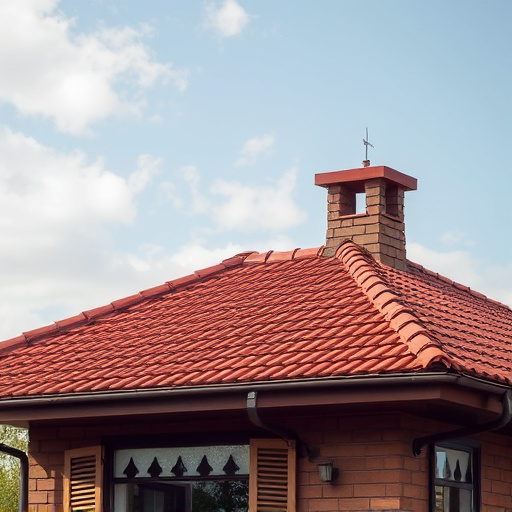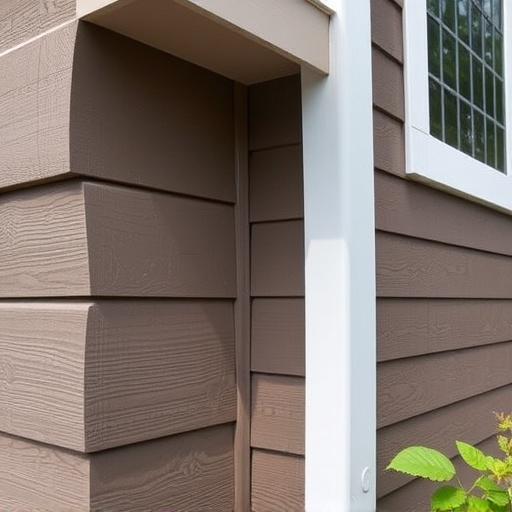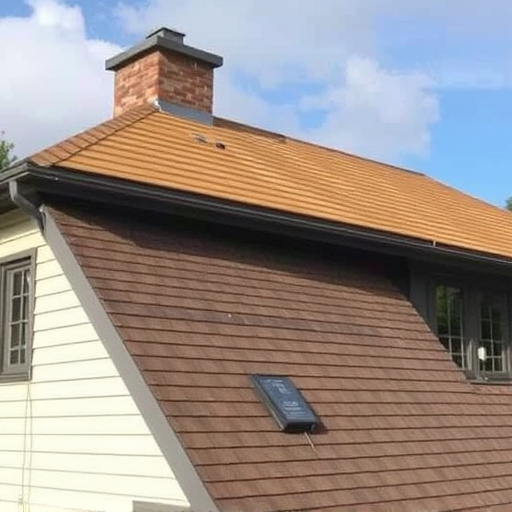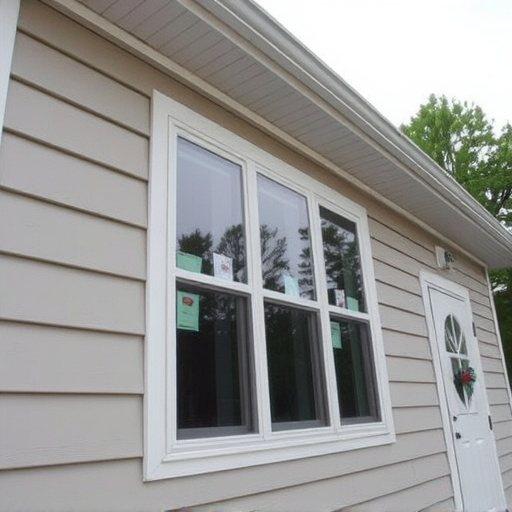The selection of commercial siding is strongly influenced by regional climate, affecting both durability and aesthetics over time. Extreme climates necessitate specific materials for protection against weather-related damage, while milder regions offer a wider range of aesthetic and low-maintenance options. Coastal areas require corrosion resistance, while humid regions focus on moisture management. Embracing sustainable siding solutions, such as fiber cement or metal, helps commercial spaces future-proof their properties against increasingly extreme weather patterns, enhancing energy efficiency, structural integrity, and long-term competitiveness.
In the ever-evolving landscape of construction, understanding the intricate dance between climate and material choices is paramount. This article delves into the profound impact of environmental factors on commercial siding selection. We explore how diverse regional climates shape building envelops, from the durable textures needed in harsh weather to the eco-friendly options gaining traction globally. By understanding these interplay, builders can future-proof commercial spaces with sustainable siding solutions, ensuring longevity and environmental stewardship.
- Understanding the Interplay Between Climate and Commercial Siding
- Regional Variations: How Geography Influences Siding Choices
- Future-Proofing Commercial Spaces: Sustainable Siding Solutions
Understanding the Interplay Between Climate and Commercial Siding
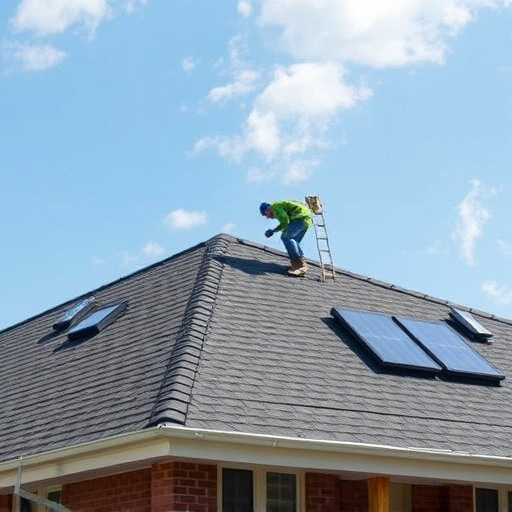
The choice of commercial siding is deeply intertwined with the region’s climate, a factor that cannot be overlooked when considering long-term durability and aesthetics. Different climates present unique challenges and opportunities for exterior cladding, dictating the type of material best suited to withstand the elements. For instance, areas prone to harsh winters and heavy snowfall may require siding that offers superior insulation and resistance to expanding and contracting temperatures. On the other hand, coastal regions facing relentless wind and exposure to salt water necessitate materials resistant to corrosion and moisture damage.
Understanding this intricate relationship between climate and commercial siding is paramount for businesses seeking reliable home exterior services. Proper selection can prevent costly storm damage repairs and ensure buildings remain protected against the elements throughout their lifespan. This consideration goes beyond mere visual appeal; it’s about investing in resilience, longevity, and cost-effectiveness, especially in regions known for extreme weather patterns.
Regional Variations: How Geography Influences Siding Choices
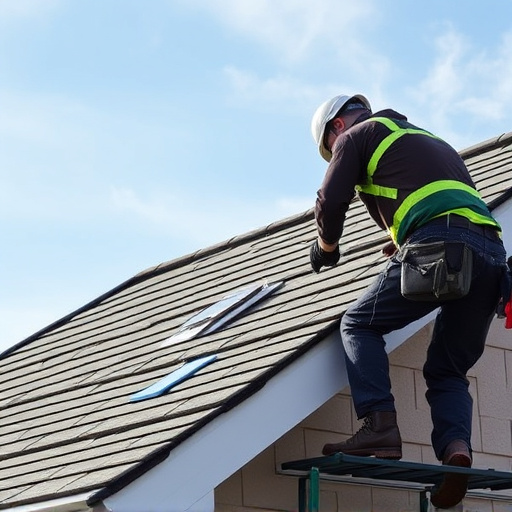
The choice of commercial siding is not a one-size-fits-all decision; it’s heavily influenced by regional geography and climate. For instance, areas prone to extreme weather conditions like heavy rainfall, strong winds, or snow load often opt for more durable and impact-resistant materials such as fiber cement or metal siding. These regions also commonly see increased demand for siding that can withstand harsh winters and prevent water damage, impacting the overall commercial siding selection.
On the other hand, milder climates may favor siding options like vinyl or wood, which offer aesthetic appeal and are relatively easier to maintain. Additionally, geographical features play a role; coastal areas might choose siding that’s resistant to salt air corrosion, while regions with high humidity could lean towards materials that manage moisture effectively to prevent rot and mold growth, underscoring the complex interplay between local conditions and commercial siding selection. This consideration is crucial when planning for siding repairs, roof replacements, or new siding installations.
Future-Proofing Commercial Spaces: Sustainable Siding Solutions
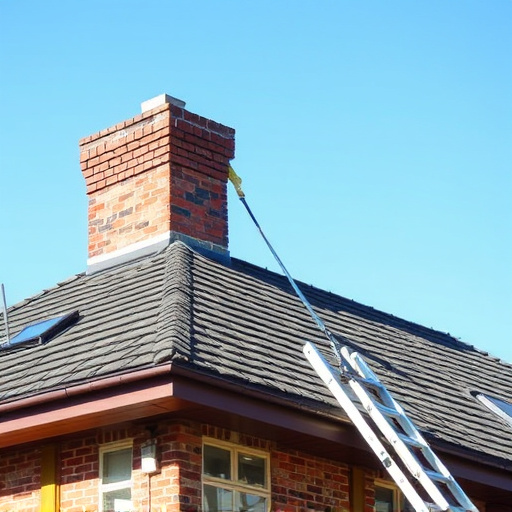
In today’s world, commercial spaces are increasingly looking to future-proof their properties, and one effective strategy is adopting sustainable siding solutions. As climate patterns become more extreme, traditional commercial siding can face significant challenges, leading to costly roof repair and storm damage repairs. To mitigate these issues, businesses are turning to eco-friendly materials that offer superior durability and resilience against harsh weather conditions. These innovative siding options not only contribute to reducing a building’s carbon footprint but also provide long-lasting protection, ensuring the structural integrity of exterior home improvements.
By embracing sustainable practices, commercial property owners can stay ahead of potential climate-related issues. Advanced siding technologies are designed to withstand extreme temperatures, high winds, and intense rainfall, all while enhancing the energy efficiency of the building. This approach not only saves on utility bills but also reduces the need for frequent exterior home improvements, making it a smart investment for any business aiming to stay competitive and environmentally responsible in the long term.
In conclusion, understanding the intricate relationship between climate and commercial siding is key to making informed decisions. As regions face unique environmental challenges, adapting siding choices to suit local conditions ensures optimal performance, longevity, and cost-effectiveness. By considering regional variations and embracing sustainable solutions, commercial spaces can be future-proofed, enhancing aesthetics and reducing environmental impact. The right choice in commercial siding is not just about visual appeal but also about building resilience against the ever-changing climate.
